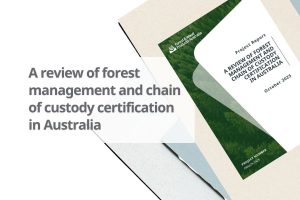While we hear a lot about the wonders of materials like graphene and carbon nanotubes, nanofibrillated cellulose also shows a lot of promise. Nanofibrillated cellulose (Cellulose NanoFibrils, or CNF), typically made from wood waste, is fairly energy-intensive to produce as it takes considerable energy to rip the wood fibers apart. However, a new technique may soon change this.
Scientists from Edinburgh Napier University and pulp/paper producer Sappi claim to have addressed these problems, with their proprietary new process.
“What is significant about our process is the use of unique chemistry which has allowed us to very easily break down the wood pulp fibers into nanocellulose,” said the university’s Prof. Rob English, who led the research along with Dr. Rhodri Williams. “There is no expensive chemistry required and, most significantly, the chemicals used can be easily recycled and reused without generating large quantities of waste water.”
Click here for source (Edinburgh Napier University)
Photo credit: Edinburgh Napier University



